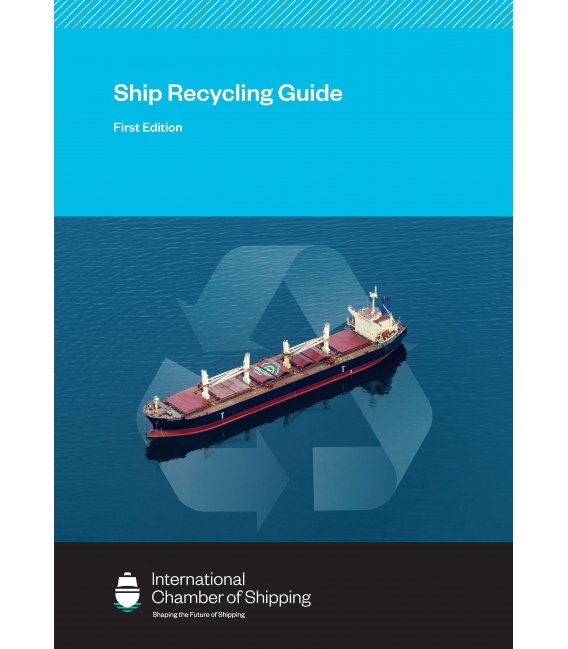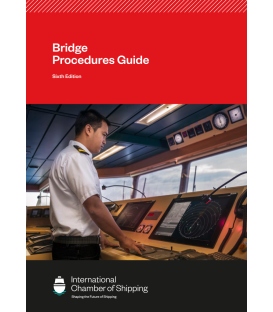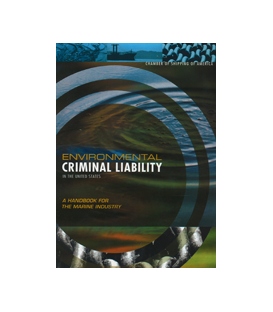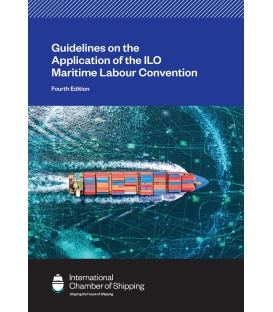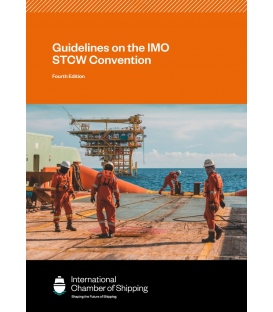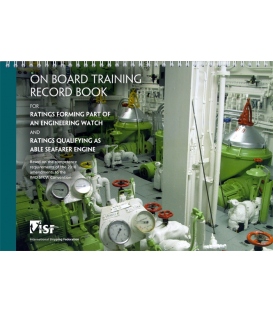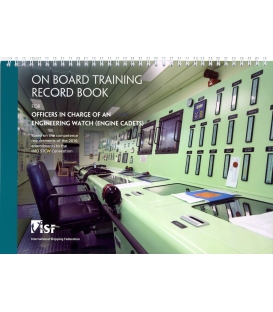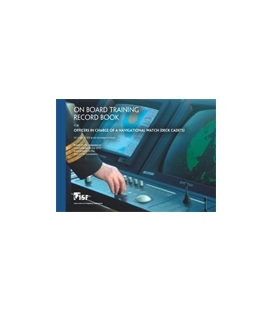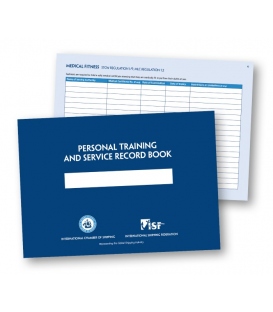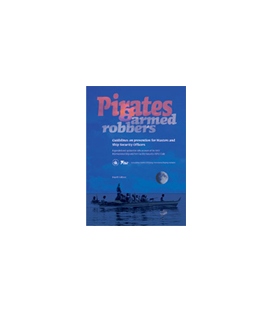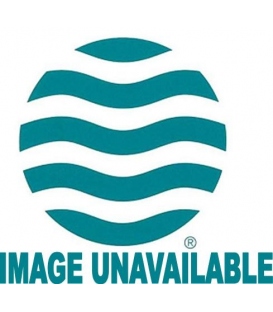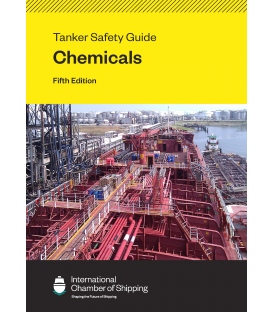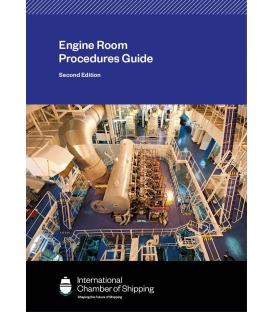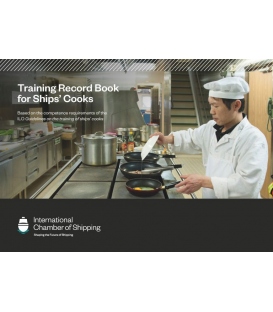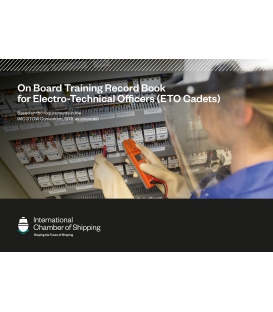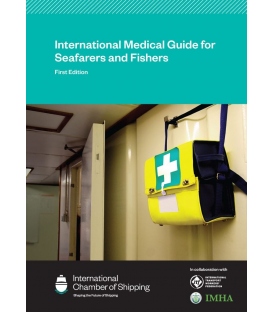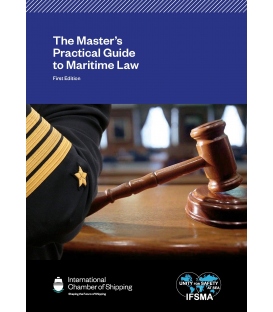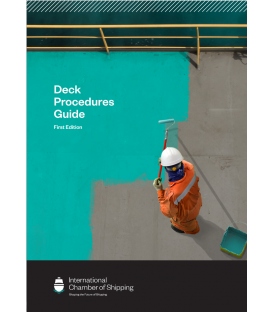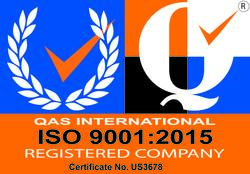

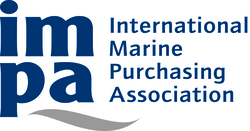
Sign up for our Newsletter
Ship recycling is a crucial aspect of the shipping industry, and it is important that shipowners and crew understand the process thoroughly. Not only is it a legal obligation to dispose of a ship responsibly, but it also plays a significant role in the protection of the environment and the safety of workers involved in the process.
This comprehensive ship recycling guide is designed to equip shipowners and crew with the necessary knowledge to ensure a safe and sustainable recycling process when the ship reaches the end of its life. It covers everything from the development and maintenance of the inventory of hazardous materials (IHM) while the ship is in service, through to preparing the ship for recycling and the sale of the ship.
This book includes comprehensive guidance on the International Maritime Organization (IMO) Hong Kong International Convention for the Safe and Environmentally Sound Recycling of Ships and explains the differences between the European Union Ship Recycling Regulation and the Hong Kong Convention, ensuring that companies are in compliance with the applicable law.
With practical advice and guidance, this guide will help readers:
- Navigate the complexities of maintaining the IHM throughout the ship’s life;
- Prepare a ship for recycling; and
- Make informed decisions that benefit both operations and the environment.
Whether companies have a new build ship, are upgrading systems on board or are looking to recycle an end-of-life ship, this guide is an essential resource for shipowners, ship managers, crew, masters and chief engineers.
Contents
|
1 Editorial notes 2 Abbreviations Chapter 1 - Introduction 1.1 The Hong Kong International Convention for the Safe and Environmentally Sound Recycling of Ships 1.2 The European Union Ship Recycling Regulation 1.3 The European Waste Shipment Regulation 1.4 The Basel Convention Chapter 2 - Development of the IHM and initial surveys 2.1 Overview of IMO and EU regimes 2.2 Development of an IHM for new ships and surveys 2.2.1 Development of the IHM for new ships 2.2.2 Initial survey for new ships 2.3 Development of an IHM for existing ships and surveys 2.3.1 Development of an IHM for existing ships 2.3.2 Initial survey for existing ships 2.4 Materials to be listed in Part I of the IHM for new and existing ships 2.4.1 Material declarations and the SDOC 2.4.2 Materials to be excluded from Part I of the IHM 2.4.3 Collection information to develop Part I of the IHM 2.4.4 Preparation of visual/sampling check plan 2.4.5 On board visual/sampling check 2.4.6 Preparation of Part I of the IHM and related documentation 2.4.7 Testing methods 2.4.8 Diagram of hazardous materials on a ship Chapter 3 - Maintaining the IHM 3.1 The designated person for maintaining the IHM 3.2 Maintaining and updating during operations 3.3 Updating in the event of a new installation 3.4 Renewal and additional surveys 3.4.1 Renewal surveys 3.4.2 Additional surveys 3.4.3 Certification for additional and/or renewal surveys 3.5 If a ship transfers flag 3.6 Statements of compliance Chapter 4 - Selling a ship for recycling 4.1 Jurisdiction when sending a ship for recycling 4.1.1 The Hong Kong Convention 4.1.2 Ships in EU waters and companies operating in the EU 4.2 Methods of sale 4.3 Limiting liabilities during a sale 4.3.1 Cash buyer versus direct to yard and their liabilities 4.3.2 Certification and flag state reporting 4.3.3 Selecting a suitable ship recycling facility 4.4 Ship recycling plan 4.5 Certification Chapter 5 - Preparing a ship to be sold for recycling 5.1 Overview 5.2 Development of Parts II and III of the IHM 5.2.1 Development of Part II of the IHM 5.2.2 Operational waste to be listed in Part II of the IHM 5.2.3 Development of Part III of the IHM 5.3 Liquids and gases sealed in a ship’s machinery and equipment 5.4 Preparing a ship for delivery to the ship recycling facility 5.5 Gas freeing 5.6 Cargo space cleaning 5.7 Removal of hazardous materials 5.8 Other items under Parts II and III to be delivered with the ship 5.9 Final survey of the ship and International Ready for Recycling Certificate 5.10 Delivery at the ship recycling facility Appendices Appendix A Checklist for non-EU-flag ships entering EU territorial waters Appendix B Selecting a suitable IHM development and/or maintenance company Appendix C Checklist for shipowners on how to select a suitable recycling facility Appendix D Checklist for checking and preparing documentation for the final survey Appendix E Items to be listed in the IHM Table A: Materials listed in Appendix 1 of Annex to the Hong Kong Convention Table B: Materials listed in Appendix 2 of the Annex to the Convention |
Foreword
|
This new Ship Recycling Guide from the International Chamber of Shipping (ICS) reiterates the shipping industry’s firm commitment to the safe and sustainable recycling of end-of-life ships, and provides expanded advice to shipowners and other key stakeholders on compliance with the provisions of the International Maritime Organization (IMO) Hong Kong International Convention for the Safe and Environmentally Sound Recycling of Ships, 2009. Due to the pressure for shipping to decarbonise, and for shipyards to construct ever more fuel efficient ships, the typical life span of the merchant fleet has been steadily decreasing. Moreover, given the need for the industry to comply with a wide of range of new IMO technical and operational regulations to reduce greenhouse gas emissions – including an ‘A–E’ performance rating system of the carbon intensity of ships which will be published by IMO in 2024 – the number of redundant ships heading to ship recycling yards, the majority in countries such as India and Bangladesh, seems only set to increase. In practice, responsible shipowners already comply with the substance of many of the Hong Kong Convention’s requirements, based on recommendations jointly promoted by the industry’s global trade associations, which were initially developed by ICS before the Hong Kong Convention was adopted and which helped inform the development of many of its provisions. But the entry into force of the Convention and its worldwide enforcement by governments requires that shipowners must acquire a detailed understanding of the IMO certification system and other important details surrounding the regime. As shipping is a global industry requiring global regulation, the entry into force of the European Union (EU) Ship Recycling Regulation is perhaps a less welcome development. However, as it also affects a large number of ships, including non-EU ships, the opportunity has been taken to provide some guidance about compliance with this regional regime and how it intersects with IMO’s global system (which in due course will hopefully make the EU requirements redundant). Ship recycling is of course a green industry, which employs a large workforce in developing countries where the majority of recycling facilities are located. Almost nothing is wasted when a ship that has reached the end of its working life is recycled, and over 99% of the ship, not least its steel, is re-used to the benefit of local economies. However, while the principles of ship recycling may be sound, working practices and environmental standards have, until relatively recently, been variable. But the adoption of the Hong Kong Convention and ongoing improvements in ship recycling standards globally have already led to dramatic improvements. The Hong Kong Convention has already had a profound impact on recycling practices, with the shipping and ship recycling industries having moved towards voluntary compliance with its provisions since its adoption. Inventories of hazardous materials have become a norm throughout the fleet, and yards have increasingly been certificated as complying with the Convention. This is an active demonstration of both the viability of the Convention and the willingness of the industry to see it enter into force. ICS extends its thanks to GMS Leadership and GSR Services GmbH for their assistance in researching and reviewing this publication. |

